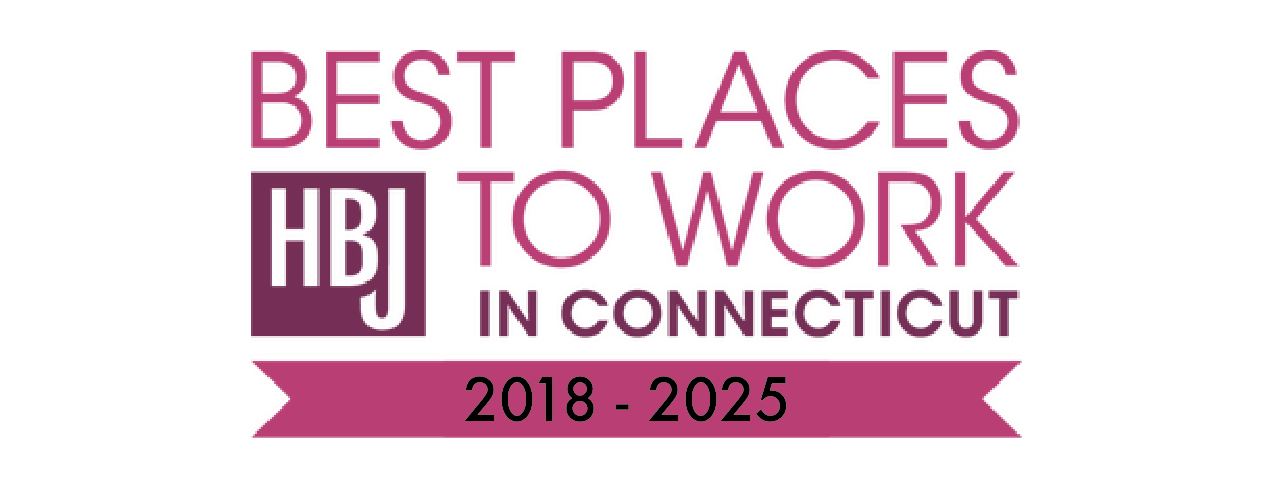Backup Solutions: A buyers' guide to choosing the right one.
There are countless backup and disaster recovery solutions available on the market and choosing the right solution for your organization can be challenging. Many of the major vendors in this space have outstanding product marketing and product-selling skills and, because of this, it is important to understand what your IT backup and disaster recovery needs are before engaging in a buying process.
The three key questions to consider when designing a backup solution that properly aligns to your organization are:
1. What is my recovery point objective (RPO)?
2. What is my recovery time objective (RTO)?
3. How can my organization ensure IT continuity?
What is my recovery point objective? (RPO)?
RPO refers to the point in time from which an organization wishes to be able to restore data. In other words, how much data can your organization afford to lose?
Consider a hospital which can’t afford to lose any patient data. It’d be advisable for this organization to invest heavily in a backup/disaster recovery solution that takes data snapshots every second and ensures that less than one second’s worth of information will be lost in the case of a system failure. On the other hand, a small professional services firm may deem it acceptable if backups are only taken in hourly increments, the reason being it is unlikely the business would be in jeopardy if only one hour of data input was lost.
It is important to note that all data being backed up doesn’t need to be treated equally and it is common practice for organizations to tier data based on critical business needs. Consider a manufacturer utilizing an ERP that is used by the finance, customer service and production departments. If hours of ERP data is lost, the company becomes vulnerable to devastating financial errors and delays in product deliverables. The servers hosting ERP data should be backed up in 15-minute increments (at a minimum) to ensure most of the data lost can be re-entered by users. On the other hand, consider this manufacturer’s sales department that uses a CRM system for entering new opportunities and tracking activities. If the sales department were to lose one day’s worth of CRM data, this inconvenience is unlikely to place devastating amounts of stress on the business as a whole. Running CRM backups once or twice per day should suffice.
What is my recovery time objective (RTO)?
RTO refers to the amount of time an organization is willing to or able to endure before it must have its data restored and usable. In other words, how long can your organization afford to be down?
Consider law firms that are only able to work and bill their clients when they have access to their client data. It is advisable for law firms to invest in a virtualized backup server that can be configured within hours to accommodate the majority of the law firm’s workloads in the case of a production server failure.
How can my organization ensure IT continuity?
If a natural disaster or an accident were to physically destroy your organization’s data center, how will you ensure that backup data exists and that the data is accessible to your users?
Contact Us Today
Many small and medium-sized organizations only have one office location. In the case of a disaster, it is important that the data is being backed up to a cloud data center
(ideally in a different geographical region). Nonetheless, just having a cloud backup isn’t enough. You’ll need to have a plan in place to ensure that users can remotely connect and authenticate to the cloud network. This plan should be tested periodically. For organizations that have multiple locations, a cloud backup may not be necessary if there’s a highly-available server infrastructure in a satellite office (ideally in a different geographical region).
When entering a buying process with answers to these three questions, you’ll be equipped to make a well-informed decision for your organization.
written by:
Brendan Kelly
Brendan Kelly is a Business Alliance Manager focused on building partnerships with technology companies that can help The Walker Group’s clients increase efficiencies, reduce operating expenses and mitigate IT security risks. Prior to assuming the Business Alliance Manager role at Walker, Brendan spent 10+ years in new business sales and account management roles while working for both software and service providers.
WE ARE PROUD TO BE
More Recent News

WHERE PURPOSE MEETS IMPACT We are excited to release our 2025 Impact Report , a look at how our social enterprise model is empowering the community, supporting our clients, and investing in our team. As a Perpetual Purpose Trust, we’re committed to proving that purpose-driven business can lead the way. Thank you to the people and partnerships that make it all possible.

We’re thrilled to shine this month’s employee spotlight on Patrick Burke , who was recently promoted to OnCall Supervisor ! Patrick has been an essential part of The Walker Group Help Desk team for the past three years, offering reliability and flexibility to the team all while elevating the level care given to our clients. This promotion is a well-earned milestone and a reflection of Patrick’s hard work, leadership, and dedication to supporting both our clients and his teammates. To celebrate, we sat down with him to learn more about life outside the office, what inspires him in his work, and what he enjoys most about being part of the ever-evolving world of IT. Meet Patrick!






